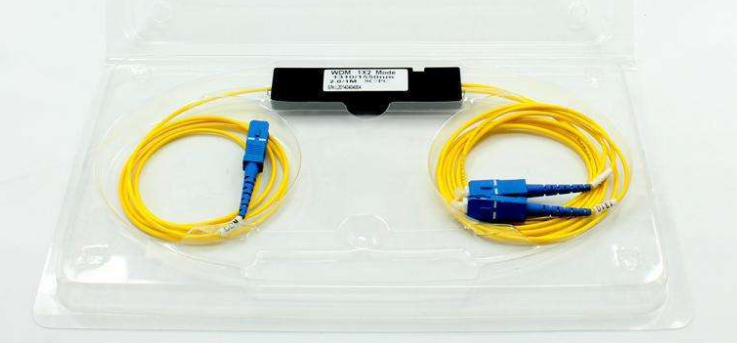Telecom Products
Fiber Connector/Collimator

Fiber Collimators are devices used to expand and collimate the output light at the fiber end, or to couple light beams between two fibers. They are a module that combine a fiber and a lens, and has a function that produces parallel beams. When the fiber collimators are manufactured, the positions of the fiber and lens are adjusted so that parallel beams can be obtained, and this generally requires extremely fine adjustments. The more energy the fiber collimator is able to gather form the source and launch into the fiber end.
Coupler & Combiner

Fiber optic couplers are optical devices that connect three or more fiber ends, dividing one input between two or more outputs, or combining two or more inputs into one output.
CWDM/DWDM/MWDM

CWDM modules (Coarse Wave Division Multiplexing) combine or split up to 18 wavelengths into a single fiber. CWDM technology uses ITU standard 20nm spacing between the wavelengths, from 1270nm to 1610nm.
CWDM Modules utilize thin-film coating and micro optics package technology. They are available in two main configurations: CWDM Multiplexer/Demultiplexer (Mux/Demux) modules and CWDM Add/Drop Multiplexer (OADM) modules.
The DWDM Modules combine or split particular wavelengths into a single fiber and are idea for telecommunication and networking. DWDM technology use ITU standard 0.8nm/1.6nm spacing between the wavelengths, from 1529.55nm to 1560.61nm.
DWDM Module utilize thin-film coating and micro optics package technology, They are available in two main configurations: DWDM Multiplexer/Demultiplexer (Mux/Demux) modules and DWDM Add/Drop Multiplexer (OADM) modules.
Isolator

The optical isolators are passive optical devices that allow light to be transmitted in only one direction. They are most often used to prevent any light from reflecting back down the fiber, as this light would enter the source and cause backscattering and feedback problems. Optical feedback degrades signal-to-noise ratio and consequently bit-error rate. Ideally an optical isolator would pass all light in one direction and block all light in the reverse direction.